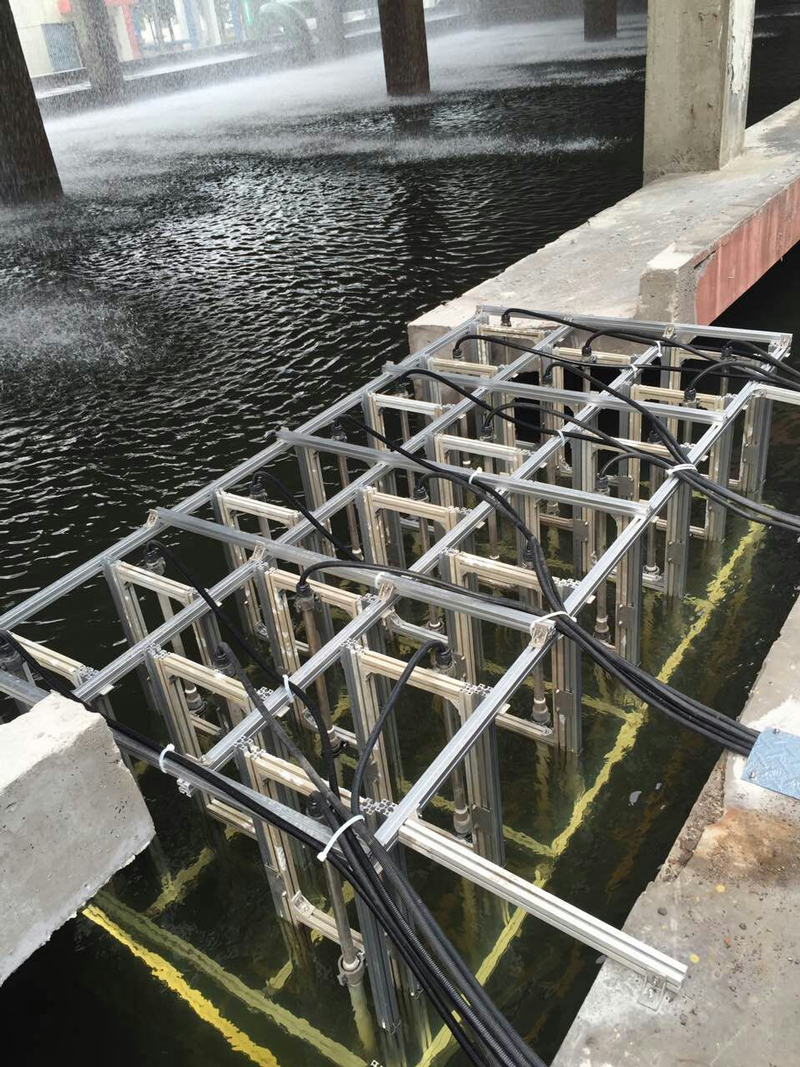High voltage electrostatic circulating water manufacturers to explain the operation of industrial wastewater treatment, should pay attention to the place. In the process of industrial wastewater treatment, the quality of effluent will fluctuate greatly due to various factors. I would like to share with you the knowledge of "lightning protection" in the operation of industrial wastewater treatment.
1. Aeration
Excessive aeration is not conducive to sludge growth. The quantity of microorganism is related to the content of hydrocarbon in source water. Increasing the quantity of microorganism specially will make the sludge age, which is not conducive to the quality of effluent.
The general activated sludge process can be evaluated according to the value of F / m.
However, for high load activated sludge process, pollutants will be largely absorbed by sludge and removed with the discharge of excess sludge, that is, m also contains a lot of F, so in this case, f / M ratio and sludge age have little significance for operation control.
2. Water temperature
The effluent temperature is not lower than 10 ℃, so there is no problem of microbial activity.
In addition, sludge age is the residence time of sludge in the aeration tank, and it is an important parameter to control whether the sludge is aged or not. Therefore, it is recommended that the sludge should not exceed 30 days.
However, it should not be too low, the sludge age is too low, so the biological activity is enhanced, which is not conducive to the separation of sludge and water in the secondary sedimentation tank.
3. Dissolved oxygen
The low dissolved oxygen effluent can make the microorganism enter the head of the biological tank again during the sedimentation stage, and then the adsorption and oxidation will occur.
In addition, the dissolved oxygen in the aeration tank should be appropriately higher, which can prevent the denitrification of the sludge in the sedimentation tank, and is also conducive to the adsorption and oxidation of activated sludge after re entering the biological tank head, so the dissolved oxygen at the outlet of the aeration tank should not be too low.
4.SS
There are many reasons for the increase of SS value. If the change is only for a short time, it may be related to excessive load.
If the SS value is high for a long time or changes periodically, it may be related to filamentous bulking and sludge aging.
In addition, excessive air temperature, excessive aeration, excessive pH change, toxic substances into the biological system, and so on, will also produce mud running.
5. Dosing of flocculant
Flocculants often used in industrial wastewater treatment, such as phosphorus removal agent, heavy metal capture agent, PAC, PAM, etc.
In addition to the use of flocculation agents, it is recommended to use regular and effective agents.
